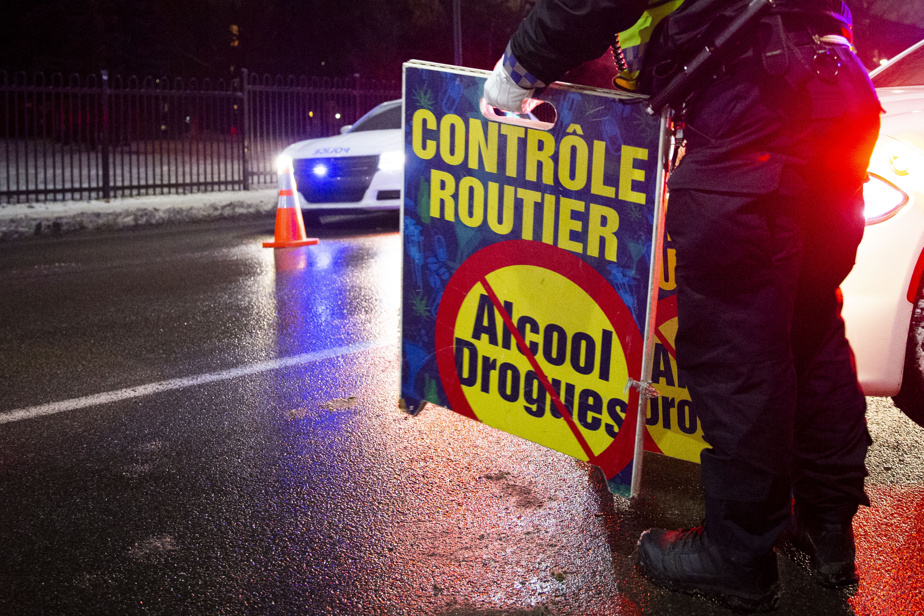(Quebec) Lowering the alcohol limit while driving to 0.05 would save up to nine lives each year, according to an analysis by the Société de l’Assurance automobile du Québec which had been redacted. The state corporation is in favor of it, but the Legault government is opposed to it.
“It is undeniable that additional gains could be made here in terms of drunk driving. We will continue to make representations to decision-makers on this subject,” wrote SAAQ CEO Éric Ducharme in a letter sent to the chief coroner of Quebec on November 8.
The analysis carried out by the SAAQ comes to the conclusion that “the introduction of sanctions for blood alcohol levels of 50 mg or more would make it possible to avoid 3 to 9 deaths and approximately 10 serious injuries annually due to alcohol while driving at Quebec”, and that this reduction would reduce compensation costs by $2.2 to $3 million per year.
In October 2023, coroner Me Yvon Garneau recommended that the SAAQ carry out an analysis on the feasibility of lowering the alcohol limit. But the documents sent following a request for access to information to get hold of this analysis were completely redacted.
The subject caused a stir in the National Assembly, and the Minister of Transport Geneviève Guilbault ended up asking them to make the document public. She wasn’t convinced by what was there, however.
Yes I read it. […] We already have a very strict regime. We do not plan to move forward with 0.05.
Geneviève Guilbault, Minister of Transport
Redacted passages
Several passages of the SAAQ analysis were redacted, even though they were facts. For example, the only downside to the tightening of alcohol laws is that we must “expect that there will be a certain reluctance on the part of bar and restaurant owners”, writes the Society.
However, in a passage that was previously covered in black ink, a study is cited revealing that the majority of Scottish owners of licensed establishments “reported having adapted to changes in drinking habits noted among some of their customers”, and that the “slight loss of income in alcohol sales was probably compensated, at least in part, by the sale of non-alcoholic products and food”.
The SAAQ had also proposed a “model” inspired by what was done in British Columbia. “Considering all the available data concerning the risks to road safety when the blood alcohol level is between 50 mg and 80 mg of alcohol/100 ml of blood, the Company has considered a model administrative sanctions regime inspired by that put forward in place in British Columbia,” we can read in the document.
“Warning” on the breathalyzer (between 50 and 80 mg/100 ml), 1D infraction:
- Administrative suspension of license for 3 days
- Fine of $300 to $600
- 4 demerit points
“Warning” on the breathalyzer (between 50 and 80 mg/100 ml), 2e offense in the last 10 years:
- 7-day administrative license suspension
- Fine of $300 to $600
- 4 demerit points
“Warning” on the breathalyzer (between 50 and 80 mg/100 ml), 3e infraction and more in the last 10 years:
- Administrative suspension of license for 30 days.
- Seizure of the vehicle for a period of 7 days
- Fine of $300 to $600
- 4 demerit points
The document also specifies that two road surveys carried out in British Columbia a few months before the measure came into force and two years later demonstrate a marked drop in drunk driving.
“The results reveal a reduction in the proportion of drivers with a blood alcohol level greater than 80 mg/100 ml of blood of around 59%, as well as a reduction in the proportion of drivers with a blood alcohol level of 50 mg/100 ml. ml of blood or more of the order of 44%,” we learn in the analysis.
